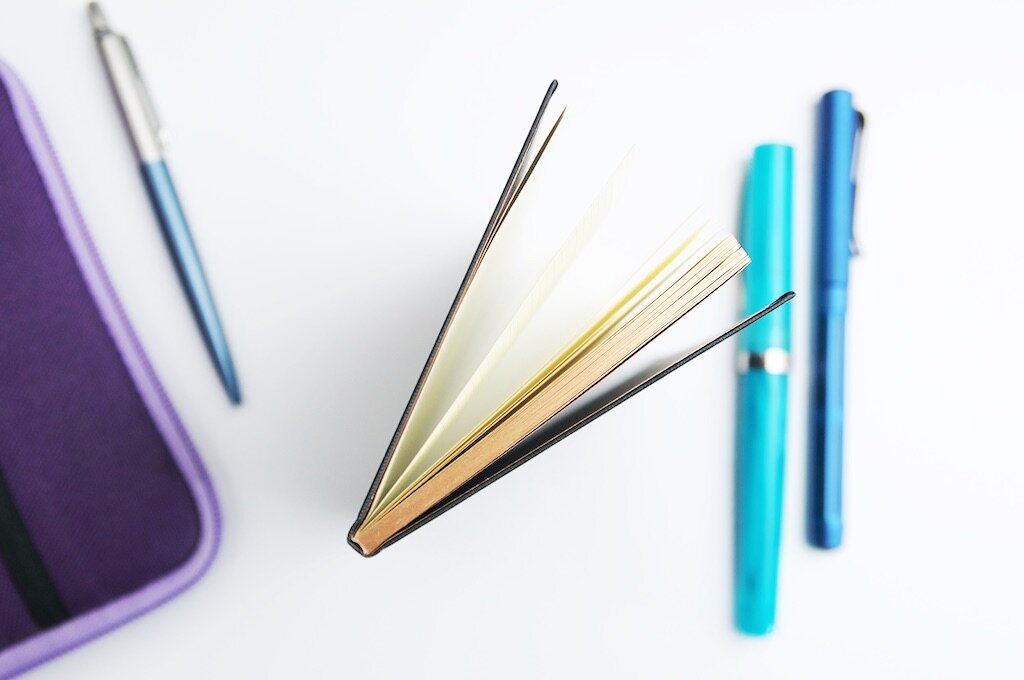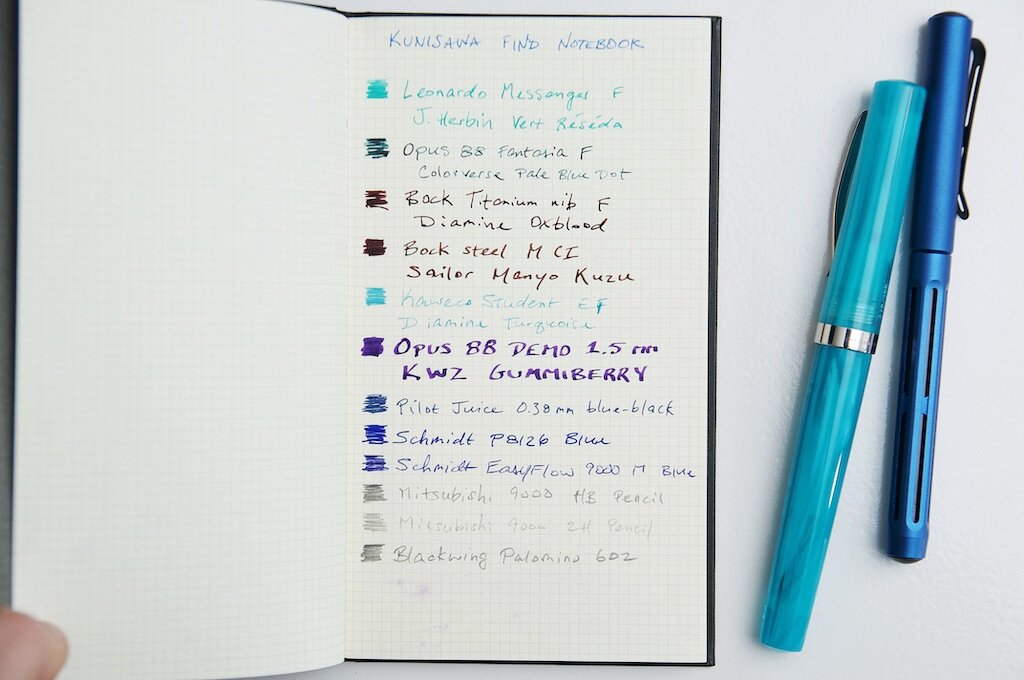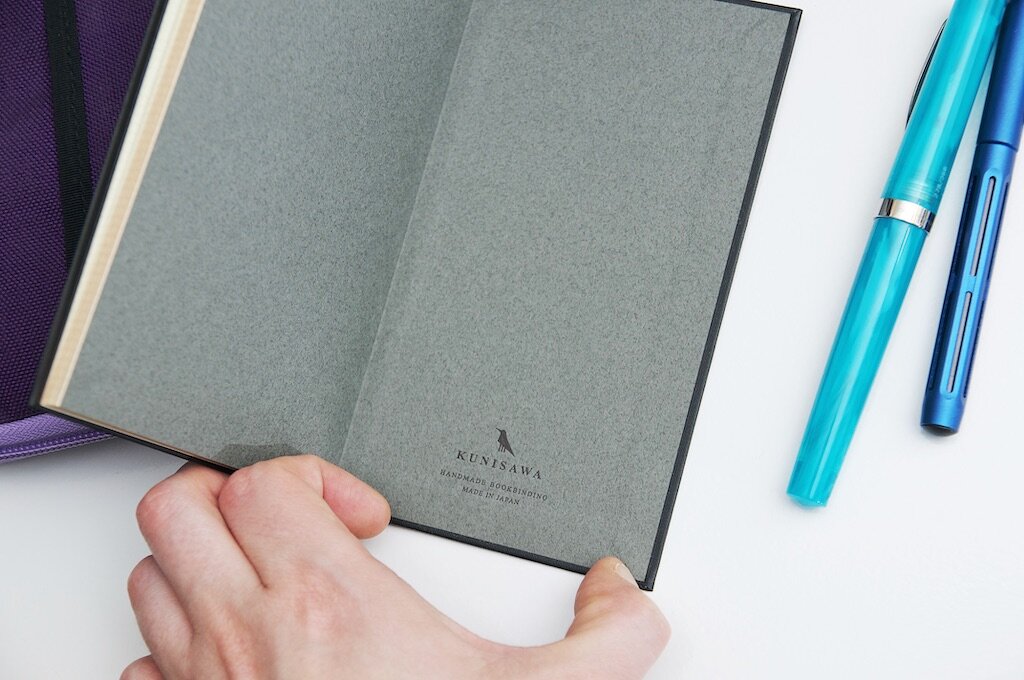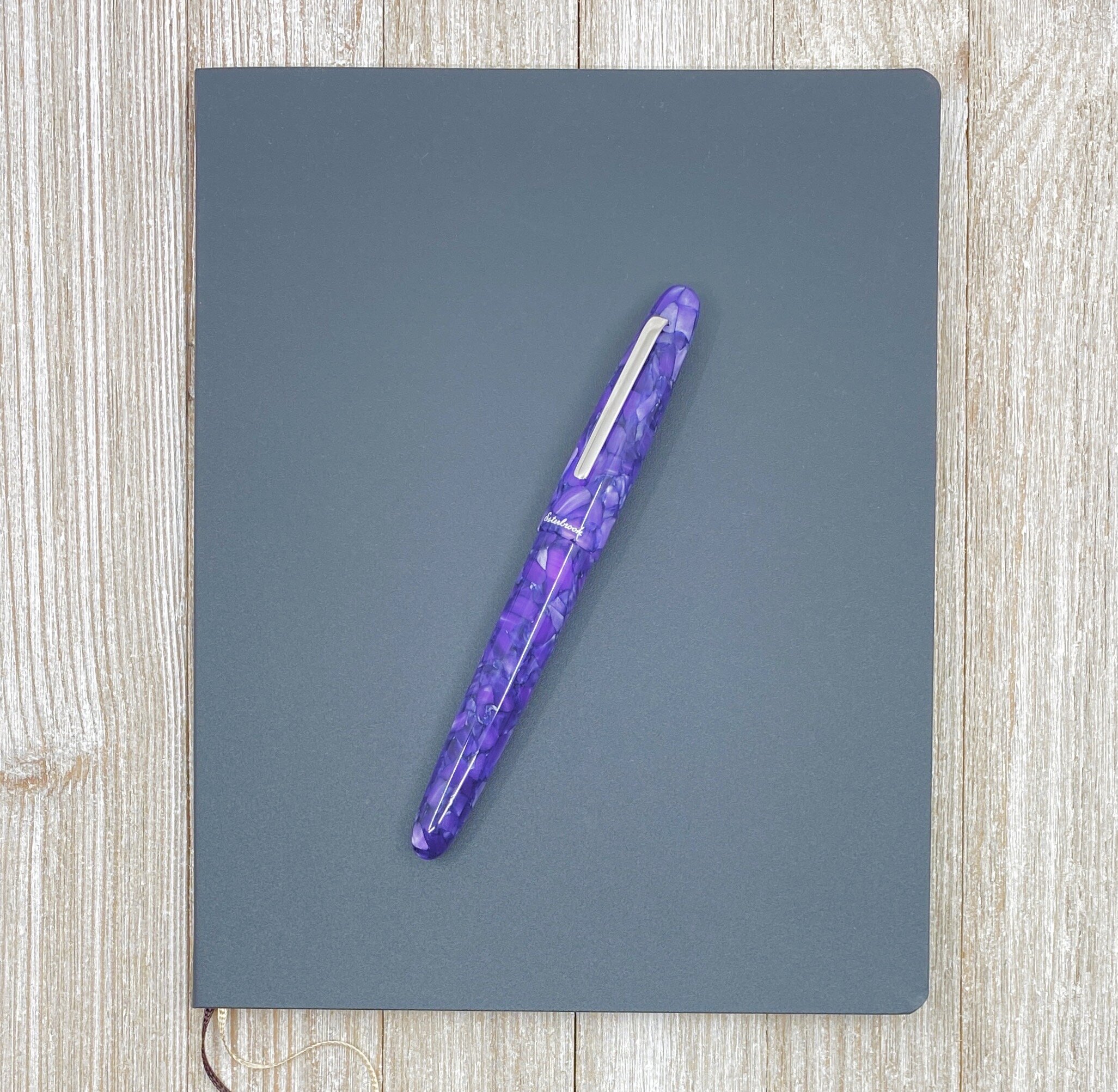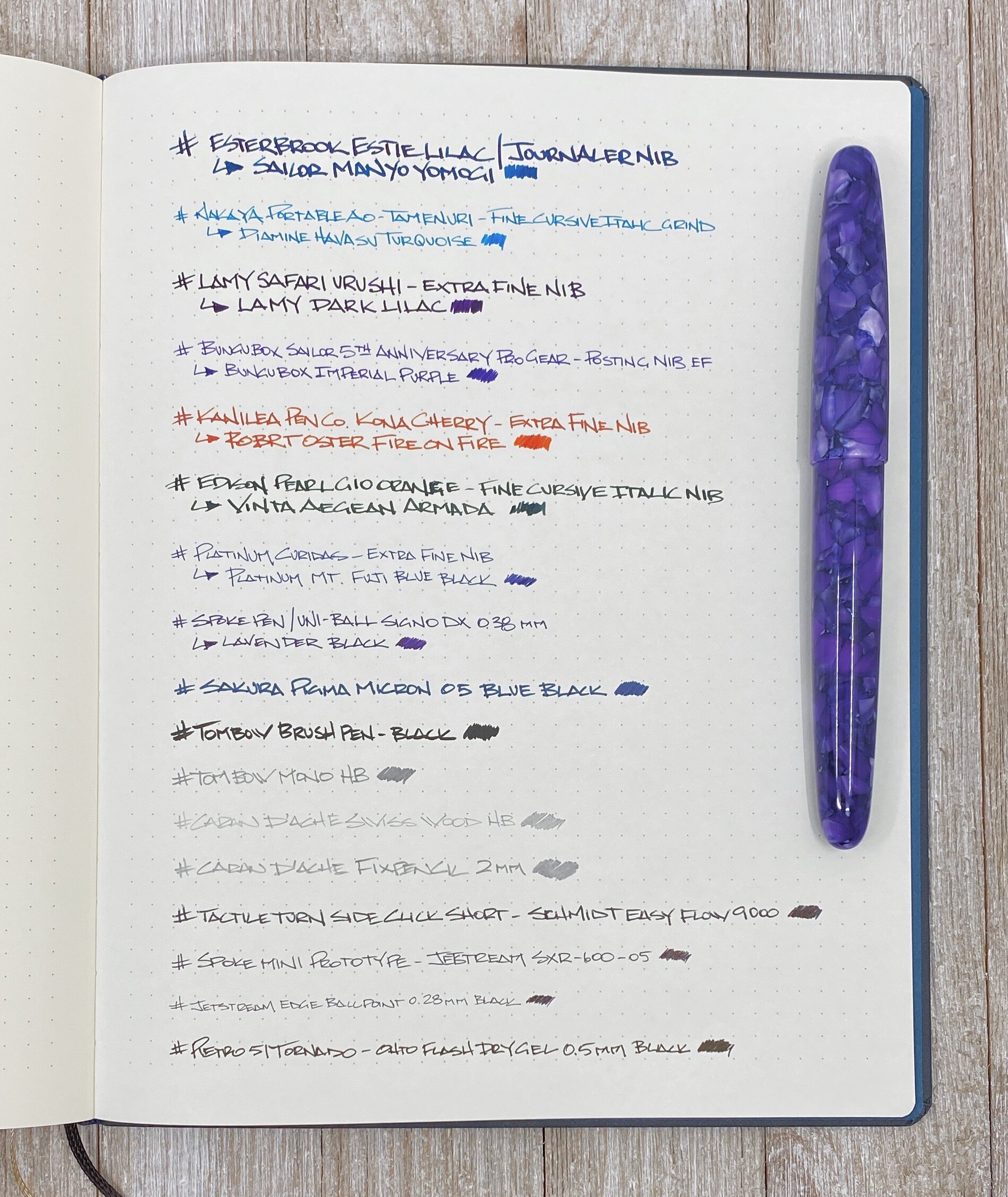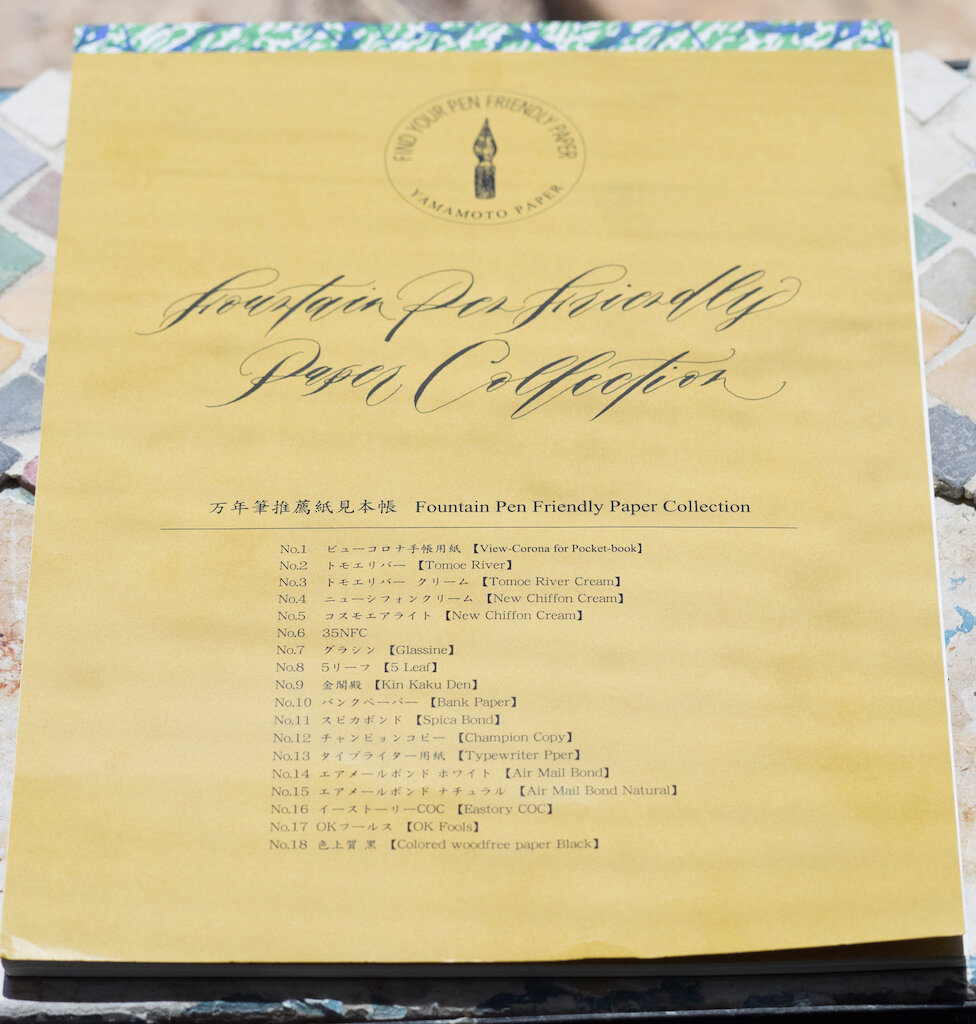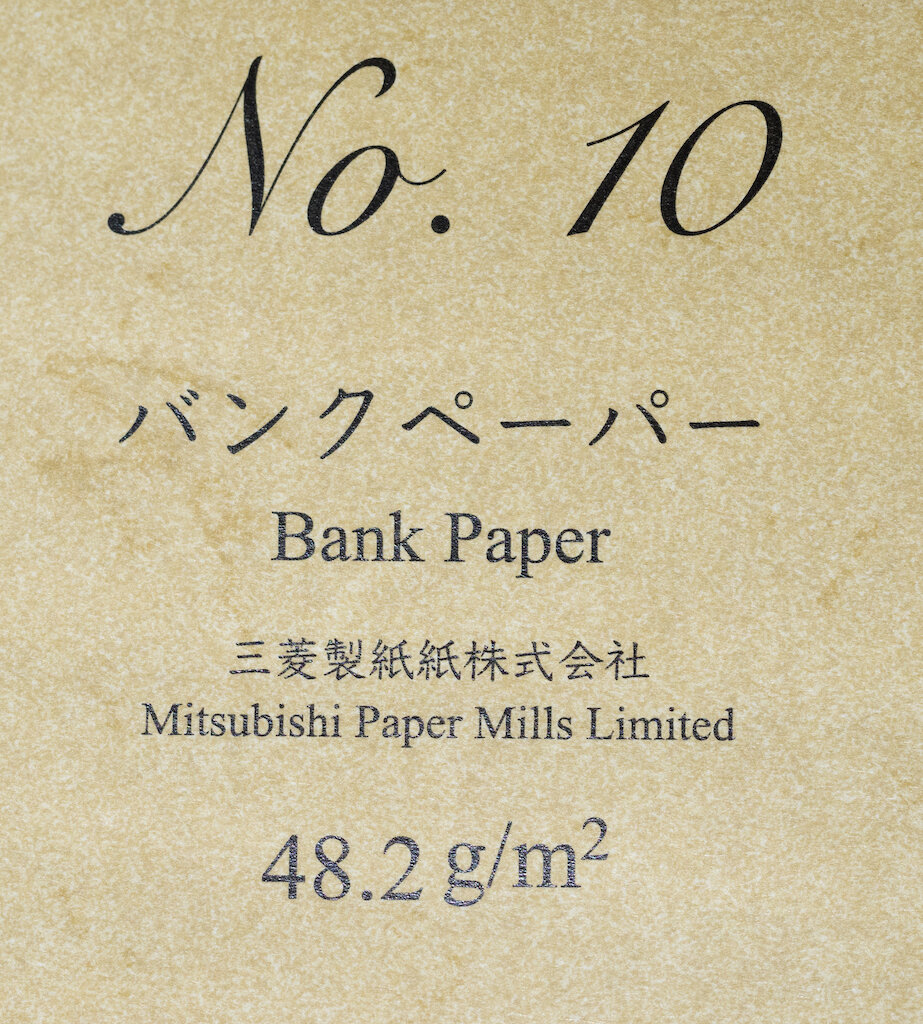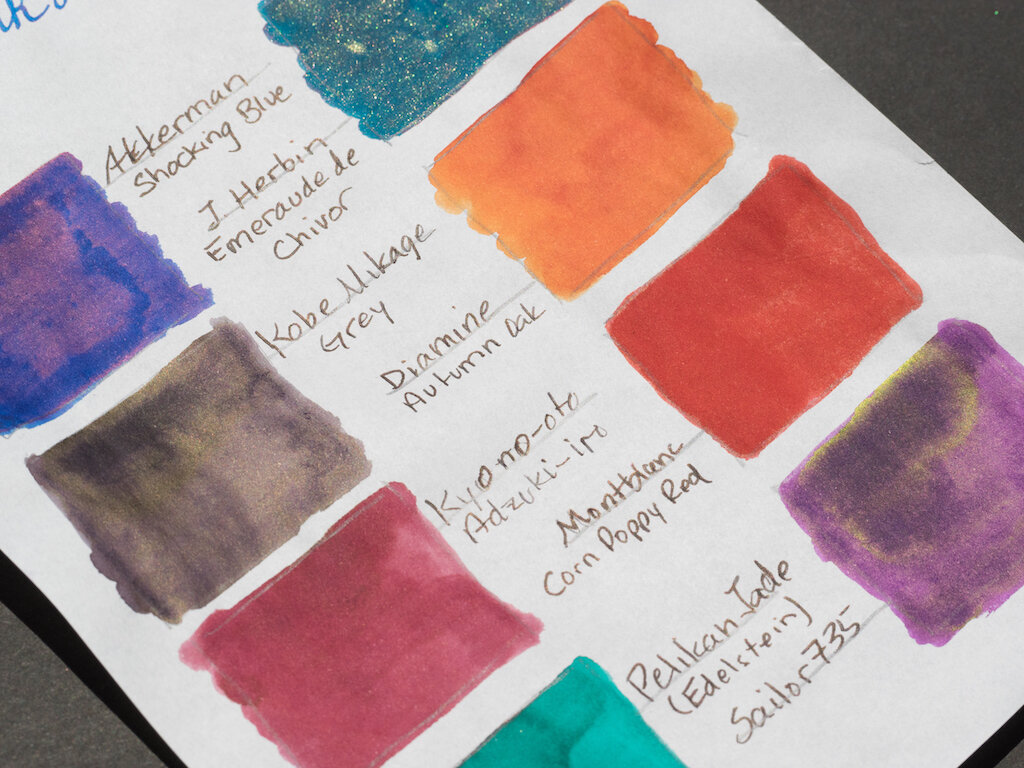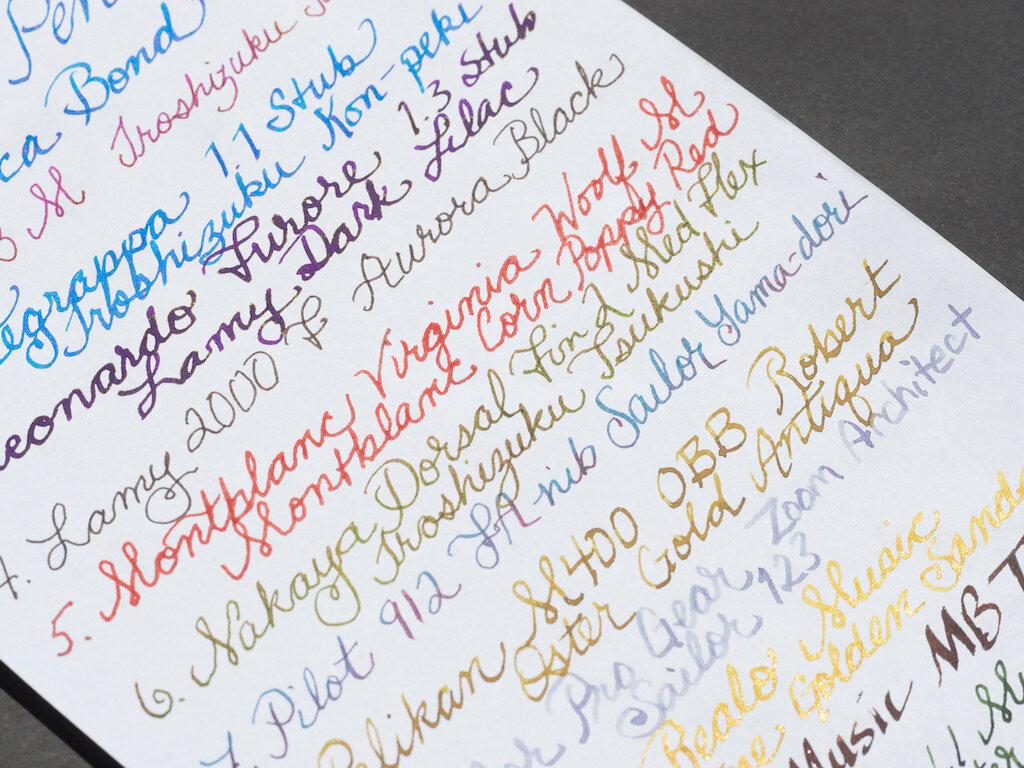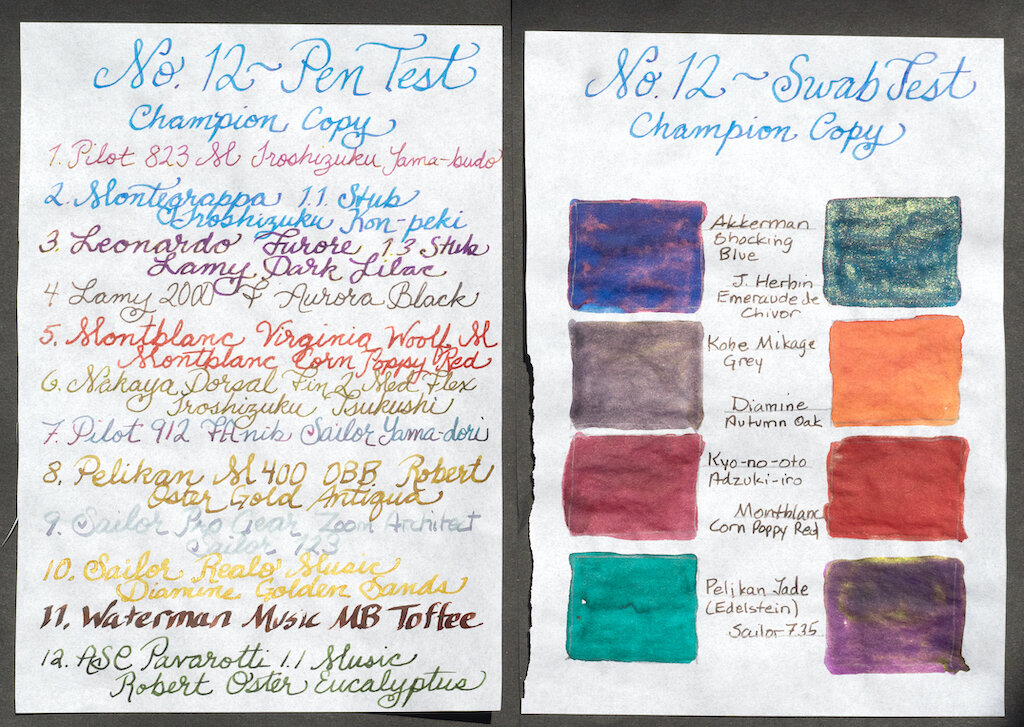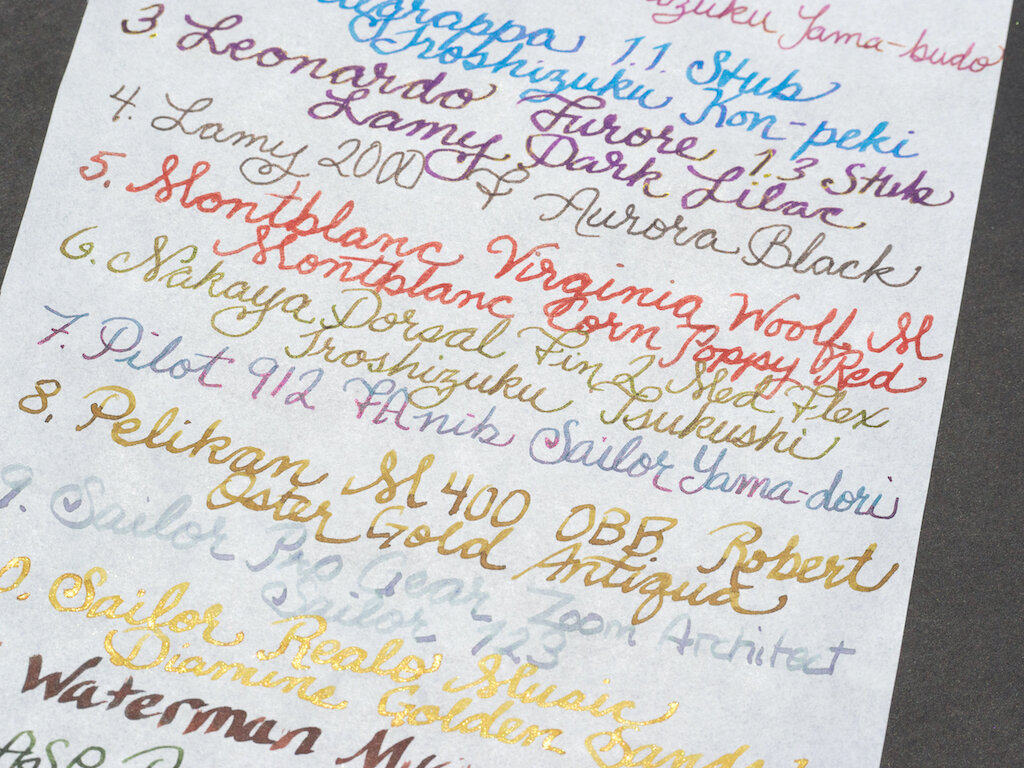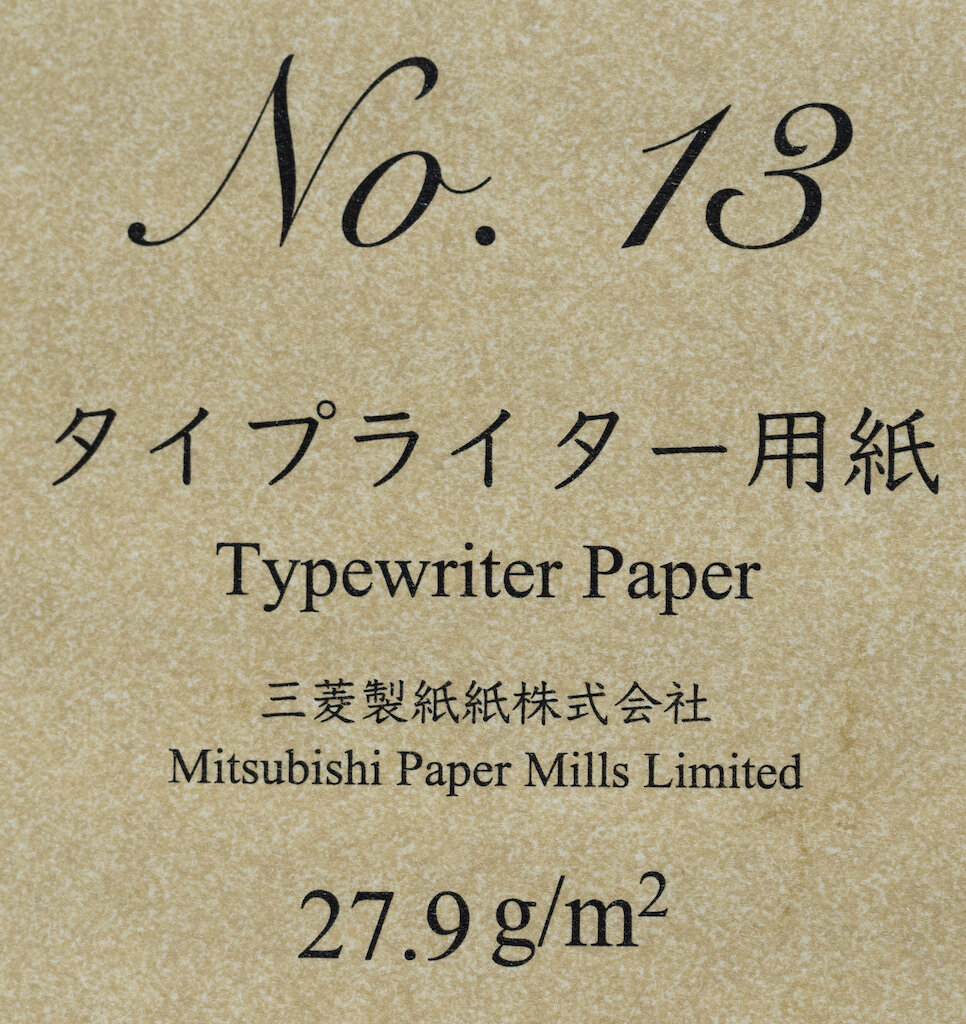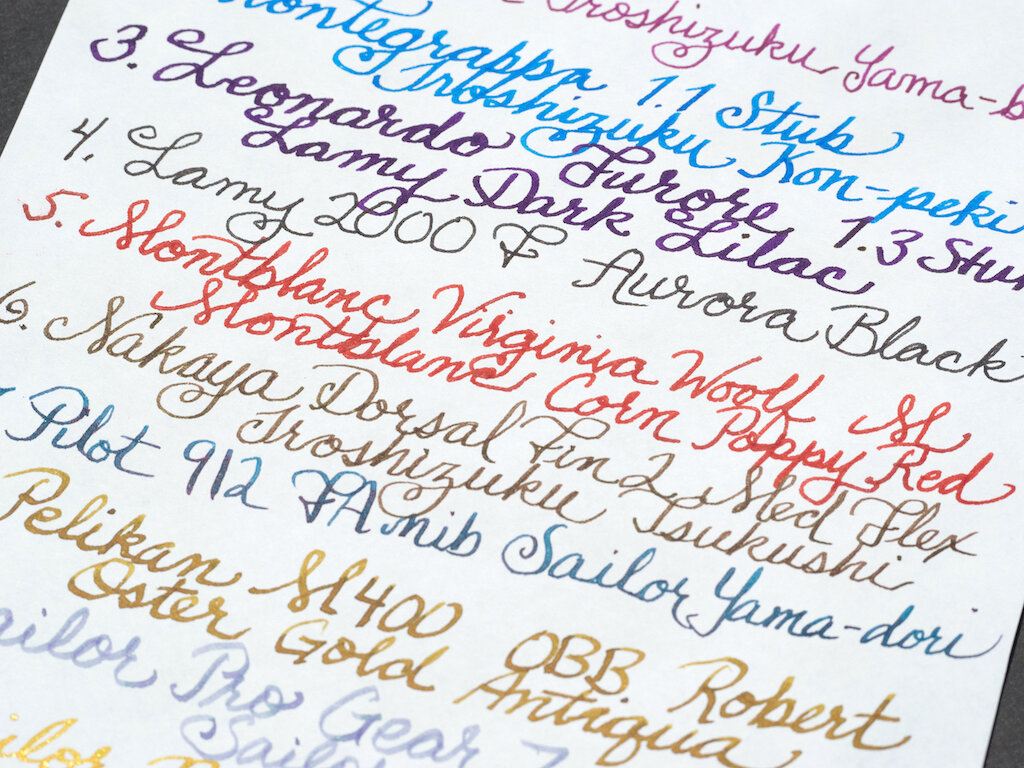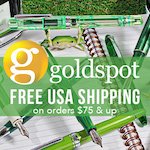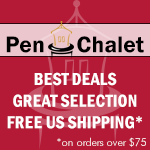(Jeff Abbott is a regular contributor at The Pen Addict. You can find more from Jeff online at Draft Evolution and Twitter.)
A couple years ago, I reviewed a collection of Kunisawa Find Smart notebooks. I wasn't terribly impressed by these notebooks in 2018, but it's curious what a difference two years can make. I don't think anything changed regarding the notebook materials, but after a second try I've decided I like these notebooks a lot more than I did originally.
The Kunisawa Find Smart Note Notebook is a small hardcover notebook that's slightly taller and less wide than a standard A6 notebook (the Hobonichi Techo is a popular A6 notebook for comparison). The size makes it easy to slip into most pockets, but the top will certainly stick out of the top of most pockets and bag dividers. At 5.9 inches tall and 4.1 inches wide, it's a bit awkward. Shorter than the regular Traveler's notebook, but a little wider than your standard pocket notebook (Field Notes), it took my brain a few minutes to determine if the paper size worked for me or not. In the end, I decided that I really like the additional height and width over the standard pocket notebook. Sadly, it still doesn't fit in any cases or pockets that are specifically designed for pocket notebooks (5.5x3.5 inches).
The hard cover is wrapped in a tough fabric-like material that has a pleasing texture and tactile feel. The only branding on the exterior of the notebook is an embossed Kunisawa logo with gold foil. The cover feels durable and sturdy without losing any elegance. The gold edging on the paper also adds to the elegant aesthetic of this notebook, which pairs well with the black cover. Inside the notebook, the front inside cover features a quote, "I do not seek, I find." This doesn't mean much to me, and I have to wonder if the meaning is somewhat lost in translation. Either way, it's subtle and doesn't detract from the overall aesthetic. The back interior cover features the same Kunisawa logo in a dark ink. Branding is minimal with this notebook, which just adds to the sleek elegance.
Inside the covers, you're greeted with a smooth ivory/cream-colored paper with a 2.5mm grid pattern. I'm not a fan of the paper color or the grid size, but I will say it's grown on me. I don't mind it as much after using the notebook for a while, but my eyes are glad to see a generous 7 or 8mm graph or dot grid after a while. The small grid just seems too busy. I appreciate it can be extremely helpful with architectural and design sketches that require a lot of precision, but it's still too much for normal use. Once you get comfortable with how small or large to make your writing in order to fit the grid properly, you quickly get into the swing. After a while, this became a convenient and stylish way to keep quick notes and lists during the day.
The paper is 81.4 gsm (precise!) and does a fair job of handing all the inks I threw at it. I haven't noticed any bleeding or feathering, but the ink shows through to the back of the page quite a lot. If you're using anything besides a wet fountain pen, water colors, or other really wet ink, the show-through isn't bad at all. But, if you like wide and wet nibs, this paper is really only good on the front page of each sheet. Speaking of sheets, this notebook only has 40 of them. Not a lot to work with by any means.
At almost $15, the Kunisawa Find Smart Note Notebook is hard to recommend. The materials and build quality more than justify the price, but the simple fact is that you can find lots of notebooks that provide more utility and value than this one. This is one of those cases where the aesthetic or form factor needs to grab you before you consider purchasing it. The paper size really is an interesting experiment in seeing how big a pocket-able notebook can be, and the durable covers just feel great in the hand. Despite all that, money is money and there are many other notebooks to recommend at the 10-15 dollar mark.
(JetPens provided this product at no charge to The Pen Addict for review purposes.)
Enjoy reading The Pen Addict? Then consider becoming a member to receive additional weekly content, giveaways, and discounts in The Pen Addict shop. Plus, you support me and the site directly, for which I am very grateful.
Membership starts at just $5/month, with a discounted annual option available. To find out more about membership click here and join us!


